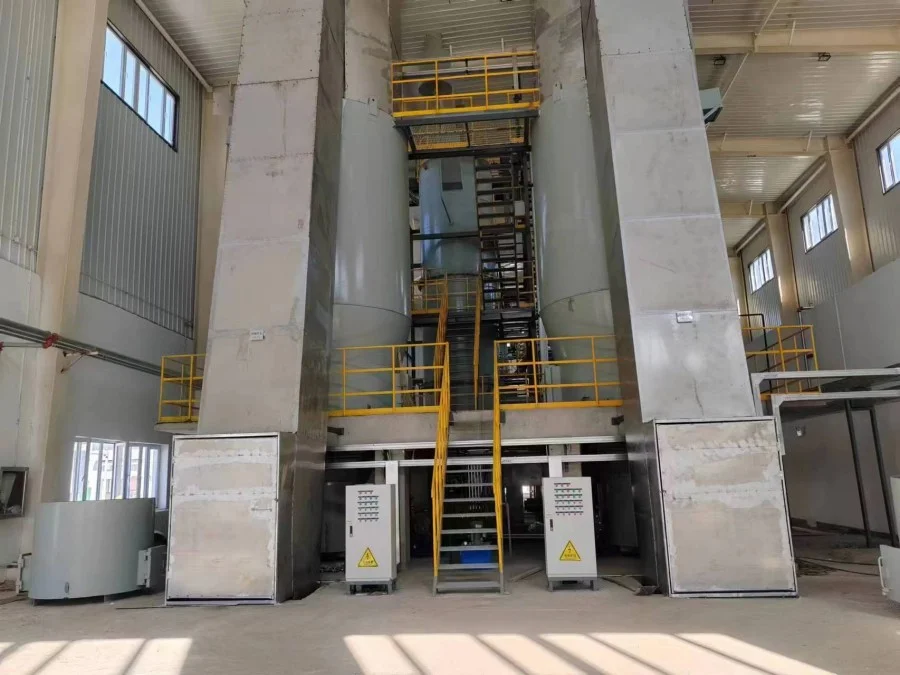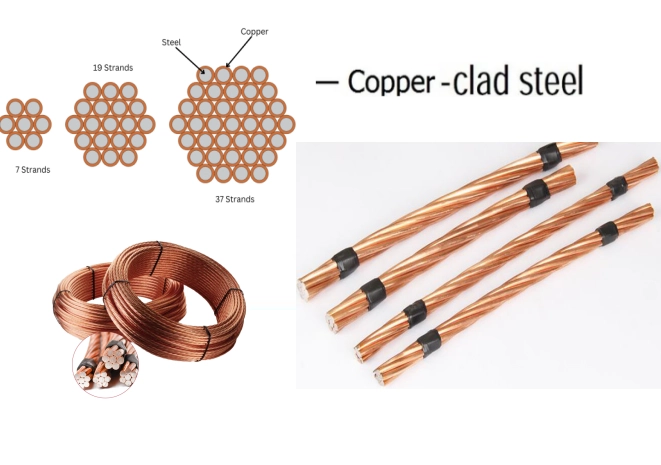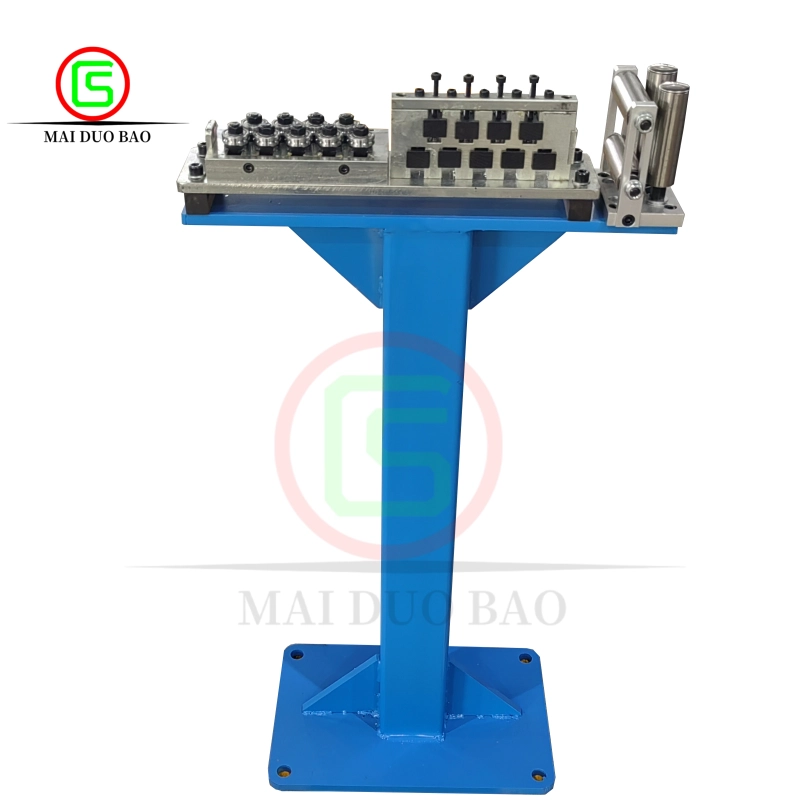As healthcare systems grow and medical activities expand, the generation of biomedical waste continues to rise. Proper waste treatment has become a critical issue for hospitals, clinics, laboratories, and pharmaceutical manufacturers. Among the most efficient and reliable solutions available today is the medical incinerator—a system designed to safely and effectively destroy infectious and hazardous waste.
However, choosing the right medical incinerator for your facility requires careful consideration of capacity, technology, compliance standards, and environmental performance. This buyer’s guide will help you understand the essential factors to consider when selecting a medical incinerator that meets your operational and regulatory needs.
As a trusted manufacturer, Aoli Environmental Protection Technology Co., Ltd. specializes in the design and production of advanced incineration equipment for a wide range of waste types, including organic waste gas, waste liquid, hazardous chemicals, and medical waste. Their main product lines include medical waste pyrolysis furnaces, process waste incinerators, waste liquid incinerators, waste gas incinerators, regenerative thermal oxidizers (RTO), hazardous waste rotary kiln incinerators, and waste heat recovery systems. With years of expertise and a strong commitment to environmental sustainability, Aoli provides reliable and eco-friendly solutions for modern waste management.

Understanding the Role of a Medical Incinerator
A medical incinerator is a high-temperature combustion system designed to reduce infectious and biomedical waste into sterile ash, gas, and heat energy. It ensures complete destruction of pathogens and hazardous materials, preventing the spread of infection and environmental contamination.
A modern incinerator, such as those developed by Aoli Environmental Protection Technology Co., Ltd., typically operates using pyrolysis and secondary combustion technologies, ensuring maximum efficiency with minimal emissions.
Key Considerations When Choosing a Medical Incinerator
1. Waste Type and Volume
Different facilities generate different types of medical waste—ranging from general hospital waste to pathological or pharmaceutical residues. The type and daily quantity of waste determine the appropriate incinerator model.
-
Small clinics or laboratories may require compact batch-type pyrolysis furnaces.
-
Large hospitals or waste treatment centers benefit from continuous or rotary kiln systems capable of handling higher capacities and mixed waste types.
Aoli offers a variety of configurations to match different operational scales and waste compositions, ensuring efficient treatment without excessive energy consumption.
2. Combustion Technology
The performance of a medical incinerator largely depends on its combustion technology. Aoli’s systems integrate multi-stage combustion for thorough destruction of organic materials and safe emission control.
Key technologies include:
-
Primary Pyrolysis Chamber – Waste undergoes thermal decomposition in low-oxygen conditions.
-
Secondary Combustion Chamber – High-temperature oxidation destroys any remaining organic compounds and harmful gases.
-
Flue Gas Treatment System – Removes particulates, acid gases, and heavy metals before exhaust.
This advanced design ensures complete combustion, minimal smoke, and low emission levels that meet international environmental standards.
3. Environmental Compliance and Emission Control
Strict global regulations govern biomedical waste incineration. When purchasing a medical incinerator, ensure that it complies with WHO, EU WID, and local environmental agency standards.
Aoli’s medical waste incinerators feature:
-
Secondary burners for dioxin and furan destruction.
-
Flue gas scrubbing systems to neutralize acidic compounds.
-
High-efficiency filters for dust and heavy metal removal.
-
Continuous emission monitoring for real-time control.
By choosing Aoli’s environmentally compliant systems, facilities can meet regulatory demands while maintaining a safe, clean operation.
4. Energy Efficiency and Heat Recovery
Modern medical incinerators not only destroy waste but also recover valuable energy from the combustion process. Aoli integrates waste heat recovery systems into its incinerators, converting heat into usable energy for hot water, steam, or power generation.
This feature helps facilities reduce fuel costs, improve sustainability, and minimize their carbon footprint—a major advantage in today’s energy-conscious world.
5. Automation and Safety Features
Safety and operational simplicity are vital for any waste treatment system. Aoli’s incinerators are equipped with PLC-controlled automation systems for easy operation, monitoring, and safety management.
Common features include:
-
Automatic feeding and ash removal.
-
Temperature and pressure sensors with alarm systems.
-
Emergency shutdown functions.
-
User-friendly control panels for real-time adjustments.
These innovations ensure smooth operation, reduced manual handling, and enhanced operator safety.
6. Maintenance and After-Sales Support
A durable medical incinerator requires regular maintenance to ensure long-term performance. When choosing a supplier, consider their technical support, spare parts availability, and training services.
Aoli Environmental Protection Technology Co., Ltd. provides comprehensive after-sales service, including:
-
On-site installation and commissioning.
-
Operator training programs.
-
Maintenance plans and technical consultation.
-
Rapid-response service teams for troubleshooting.
Such professional support ensures system reliability and peace of mind for users.
Types of Medical Incinerators from Aoli
-
Medical Waste Pyrolysis Furnace – Designed for controlled thermal decomposition with low emissions, ideal for hospitals and clinics.
-
Hazardous Waste Rotary Kiln Incinerator – Handles large volumes of complex and high-risk waste with complete combustion.
-
Waste Liquid Incinerator – Treats pharmaceutical and chemical liquid waste effectively.
-
Regenerative Thermal Oxidizer (RTO) – Efficiently treats volatile organic compounds (VOCs) from medical or industrial processes.
-
Waste Heat Recovery Equipment – Converts waste heat into reusable energy, improving operational efficiency.
Each product reflects Aoli’s dedication to innovation, energy conservation, and environmental responsibility.
Why Choose Aoli Environmental Protection Technology Co., Ltd.
-
Professional Manufacturer – Decades of experience in incineration system design and manufacturing.
-
Wide Product Range – Solutions for medical, chemical, and industrial waste treatment.
-
Eco-Friendly Innovation – Compliance with global emission standards and adoption of green technologies.
-
Reliable Performance – High durability, low operating costs, and stable operation.
-
Comprehensive Service – From project consultation to after-sales maintenance, ensuring full lifecycle support.
Conclusion
Selecting the right medical incinerator is a crucial investment for any healthcare or research facility. It impacts not only operational efficiency but also environmental responsibility and public health safety. By understanding your waste type, capacity needs, and compliance requirements, you can make an informed decision that ensures long-term sustainability.
With its advanced technology, environmental focus, and extensive product range, Aoli Environmental Protection Technology Co., Ltd. stands out as a trusted partner in modern waste management. Whether for hospitals, laboratories, or industrial plants, Aoli’s medical incineration systems offer the perfect blend of performance, safety, and eco-efficiency—helping facilities worldwide achieve cleaner and greener waste disposal.
www.jsalfsl.com
Jiangsu Aoli Environmental Protection Technology Co., Ltd.

